-
Astronomers Detect Potential Dark Matter Objects in Space Using Pulsars
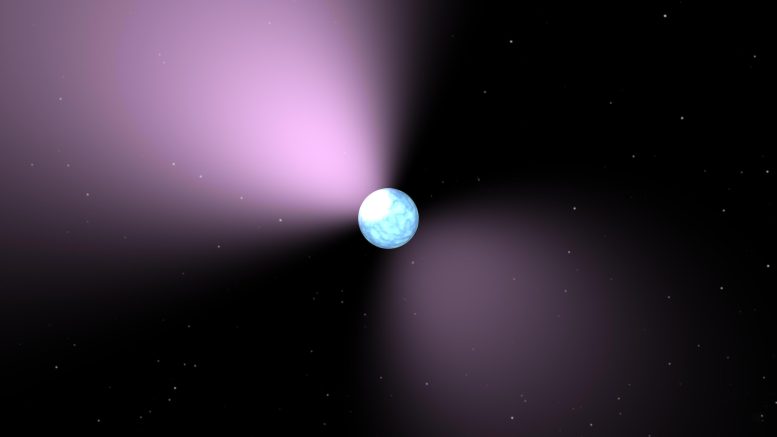
This artist’s concept shows a pulsar, which is like a lighthouse, as its light appears in regular pulses as it rotates. Pulsars are dense remnants of exploded stars, and are part of a class of objects called neutron stars. Credit: NASA/JPL-Caltech Evidence for potential dark matter objects has been detected using pulsars, which are neutron…
-
Katherine Carver ’26 Is Helping Astronomers Analyze James Webb Space Telescope Data – UMBC: University Of Maryland, Baltimore County
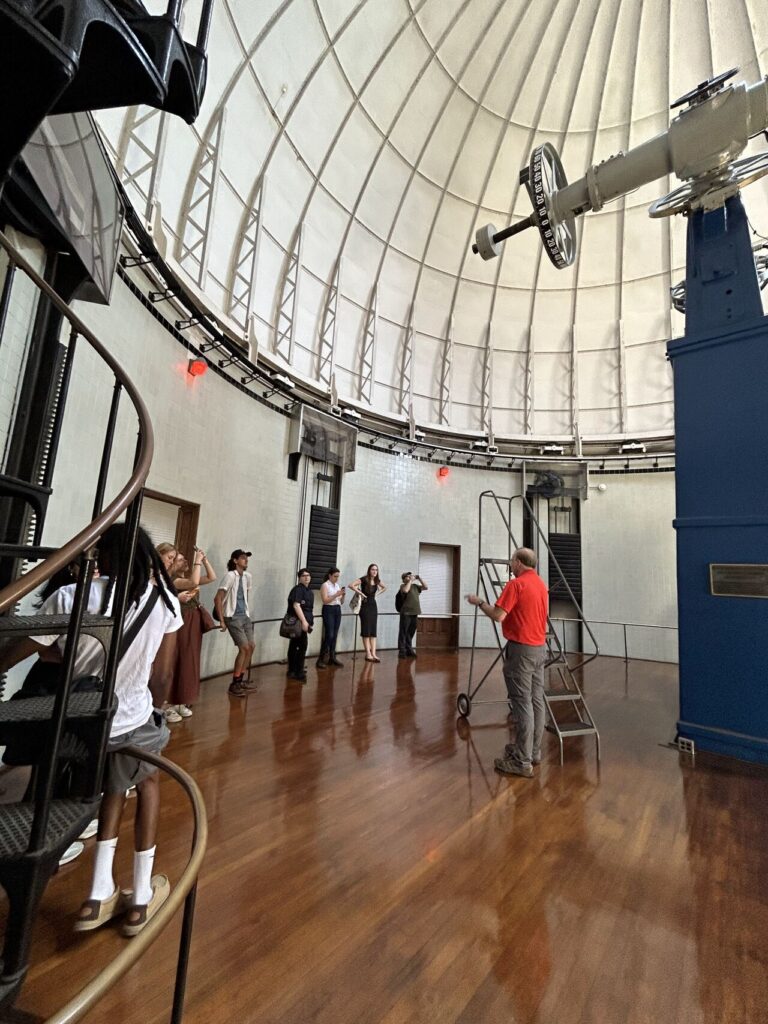
Katherine Carver ’26, physics and mathematics, started off her UMBC experience with a big bang—participating in the Johns Hopkins University Applied Physics Laboratory CIRCUIT internship as a first-year student in spring 2023. Carver says she took advantage of every opportunity she could, from on-site guest lectures and panel discussions to informally networking with APL employees…
-
Renaissance astronomer Tycho Brahe’s lab is home to a centuries-old chemical mystery

A chemical mystery lurks in the laboratory of Tycho Brahe, one of the most famous astronomers of all time. Tycho Brahe (1546-1603) was a pioneering Danish astronomy instruments enthusiast in the decades before the telescope was used for peering at the sky. Aside from that and a big supernova discovery, Brahe also experimented with alchemy,…
-
NASA crew completes Mars mission on Earth
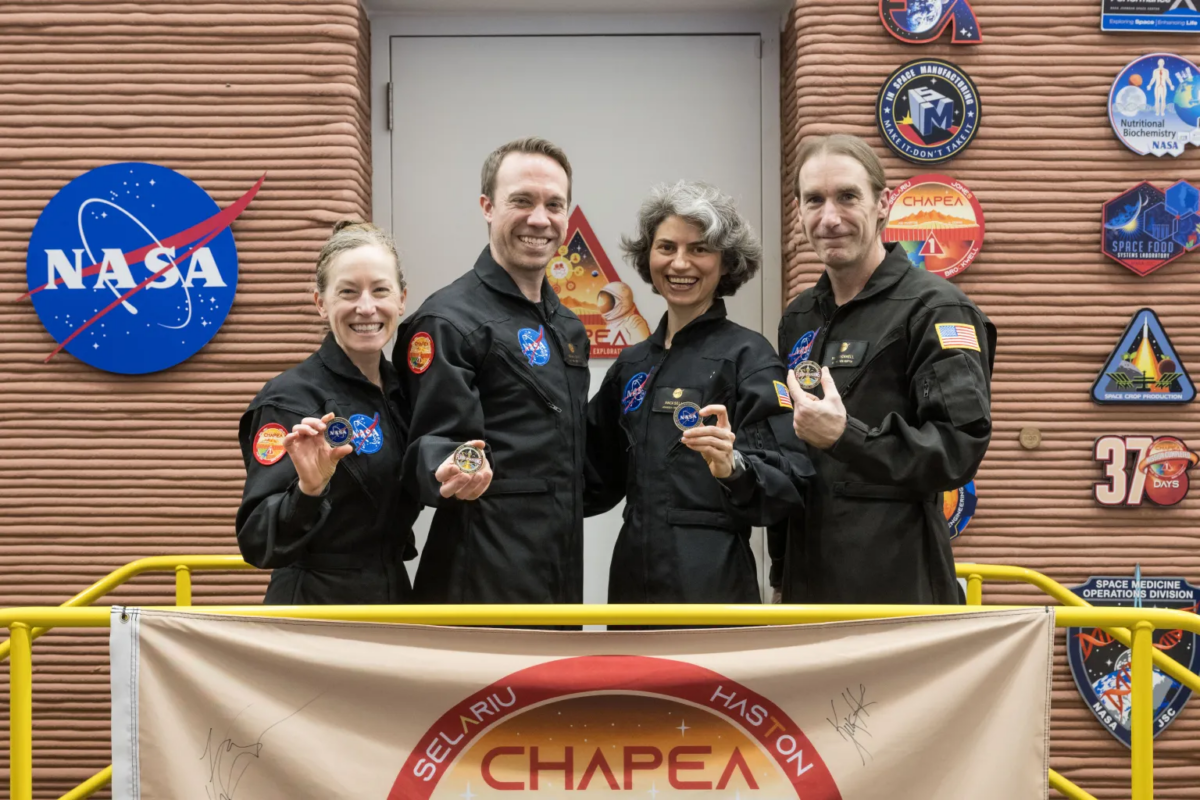
The CHAPEA crew stands in front of their simulated Mars mission after its end on July 6, 2024. From left: Kelly Haston, Nathan Jones, Anca Selariu, and Ross Brockwell. Credit: NASA/Josh Valcarcel Last June, a group of four people embarked on a more-than yearlong mission to a place that looked a lot like Mars. They…
-
Don’t Miss These Astronomical Events in August 2024

In August, you have the chance to witness four of the 12 best astronomy events of 2024! Even better, these events are accessible to all levels of observers and don’t require any special equipment. Read on for a detailed forecast of celestial wonders for August 2024. Use the Sky Tonight app to find the night…
-
Space photo of the week: A cosmic ‘fossil’ holding some of the oldest stars in the universe
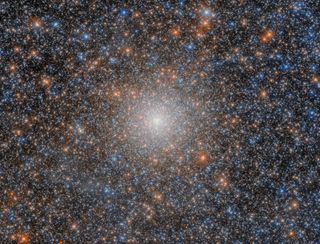
What it is: Globular cluster NGC 2005 Where it is: 162,000 light-years away, in the Large Magellanic Cloud, a satellite galaxy of the Milky Way, and visible in the constellation Dorado When it was shared: July 7, 2024 Why it’s so special: This new image from the Hubble Space Telescope shows an object with mysterious…
-
A moon of Uranus could have a hidden ocean, James Webb Space Telescope finds
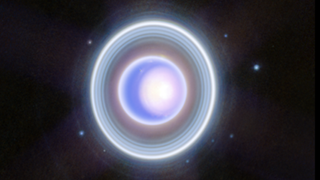
Using the James Webb Space Telescope (JWST), astronomers discovered that Ariel, a moon of Uranus, could be hiding in a buried liquid water ocean. The discovery could supply an answer to a mystery surrounding this Uranian moon that has perplexed scientists: the fact Ariel’s surface is covered with a significant amount of carbon dioxide ice.…
-
NASA images: 7 mesmerising images of space will make you fall in love with astronomy
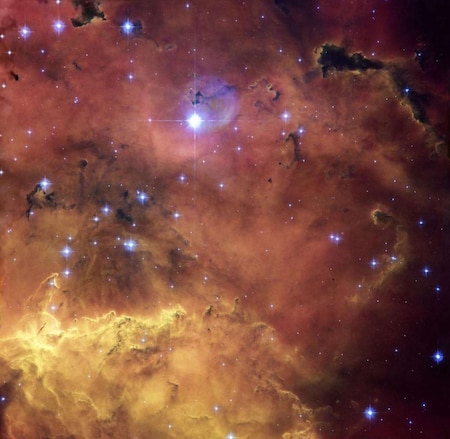
Here are a few stunning images of space shared by NASA that will make you fall for the universe. Pravrajya Suruchi | Jul 26, 2024, 04:45 PM IST NASA continues to inspire awe and curiosity with its breathtaking images and groundbreaking exploration of space. 1. N44- A complex nebula located in the Large…
-
James Webb Space Telescope directly images its coldest exoplanet target yet

Using the James Webb Space Telescope (JWST), astronomers have investigated a new “super-Jupiter” planet that is one of the coldest worlds ever seen outside the solar system. The extrasolar planet or “exoplanet” is located in the triple star system Epsilon Indi, which sits around 12 light-years away. The planet is designated Eps Ind Ab and…
-
Sun-like stars seen orbiting hidden neutron stars

<a href="https://physicsworld.com/wp-content/uploads/2024/07/24-7-24-Sun-like-star-and-neutron-star.jpg" data-fancybox data-src="https://physicsworld.com/wp-content/uploads/2024/07/24-7-24-Sun-like-star-and-neutron-star.jpg" data-caption="Survivors Artist’s impression of a Sun-like star (upper left) orbiting a neutron star, with no mass being transferred between the two. The figure also illustrates how the neutron star’s gravity distorts nearby space–time, creating a mirror image of the Sun-like star. (Courtesy: Caltech/R. Hurt (IPAC))”> Survivors Artist’s impression of a Sun-like…